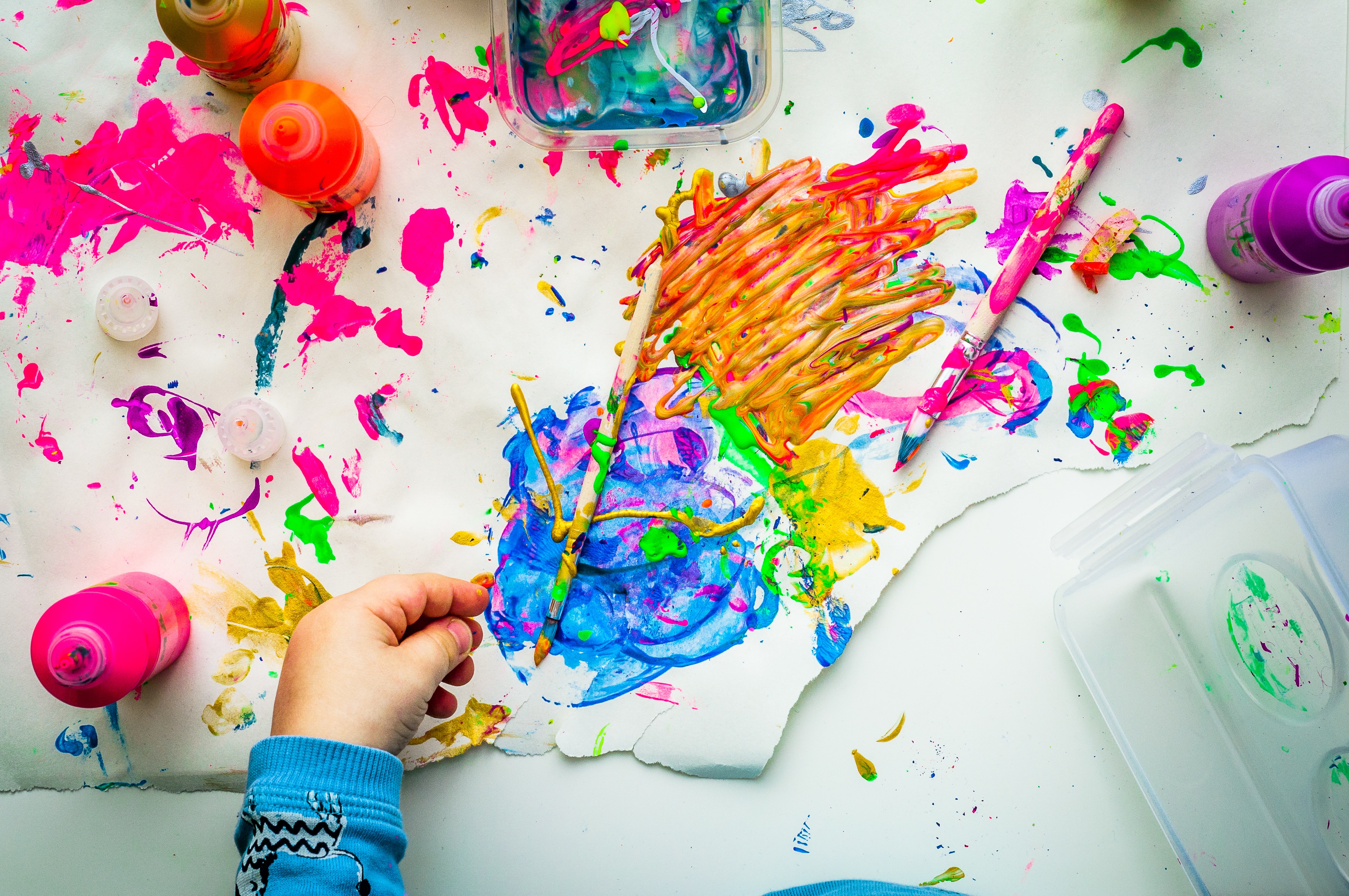As you begin to explore your creativity, amazing things start to happen.
This morning my son Harley and I went outside for a play.
After what seemed like a long winter, with many rainy, cold days… we were keen to be out in the sun and fresh air!
I always find it amazing the imaginative stories and games Harley comes up with.
Most of the time I have no idea where they come from, but I play along anyway. I enjoy times we are cooking with flowers, creating ‘inventions’ or pretending to blast off to the moon.
We lose our imagination so fast once we begin taking on board social norms and pressures it’s scary!
How can we encourage our children to hold on to their imagination into adulthood?
Albert Einstein said “Imagination is more important than knowledge”.
Our imagination is the key to unlocking our creativity, ideas and endless possibility.
Now, more than ever, we need innovate solutions to our most pressing problems. Yet there is still a stigma around being creative as an adult.
Why is it that ‘creative types’ are often seen as lacking discipline, weird or out of touch with reality? Creativity is often associated with being childlike and lacking self control.
How can scientists come up with cures for diseases without imagination?
How can inventors create new products without creativity?
The world relies on creativity – and yet it seems as a culture we do not value the people who exhibit these traits.
We must encourage people with active imaginations to continue exploring different ideas. This is how we evolve.
So how do we cultivate creativity as adults if that part of our brain is shutdown for so long?
We must practice.
For me, engaging with my son in his creative games has opened up my mind to endless possibility. If you don’t have kids or have access to kids there are other ways to stimulate your imagination.
Here are some suggestions:
- Read a book that is way outside of your comfort zone, could it be fantasy or sci-fi?
- Create an ‘invention’ with the contents of your recycling
- Practice solving riddles or puzzles
- Host a dress up party
- Attend an improvisation class
- Turn on some music and move in any way you body takes you
It takes more than creativity to solve a problem – sure, but most solutions must begin with out of the box thinking.
I love this creative process; ‘The Disney Method’, developed in 1994 by Robert Dilts. This process involves four stages in correlation to four specific thinking styles.
1. OUTSIDERS – look at the problem from the outside in an analytical fashion.
2. DREAMERS – create ideas and brainstorm with divergent thinking uncovering innovative ideas
3. REALISTS – take ideas created in the dreaming stage and use convergent thinking. This pragmatic approach is where an idea is chosen.
4. CRITICS – the final stage of the process involves critical thinking. Identifying risks or weaknesses within the plan and making improvements.
Final thought.
What would happen if we get together a group of children with active imaginations and explain the worlds biggest problems?
What solutions would we find?


